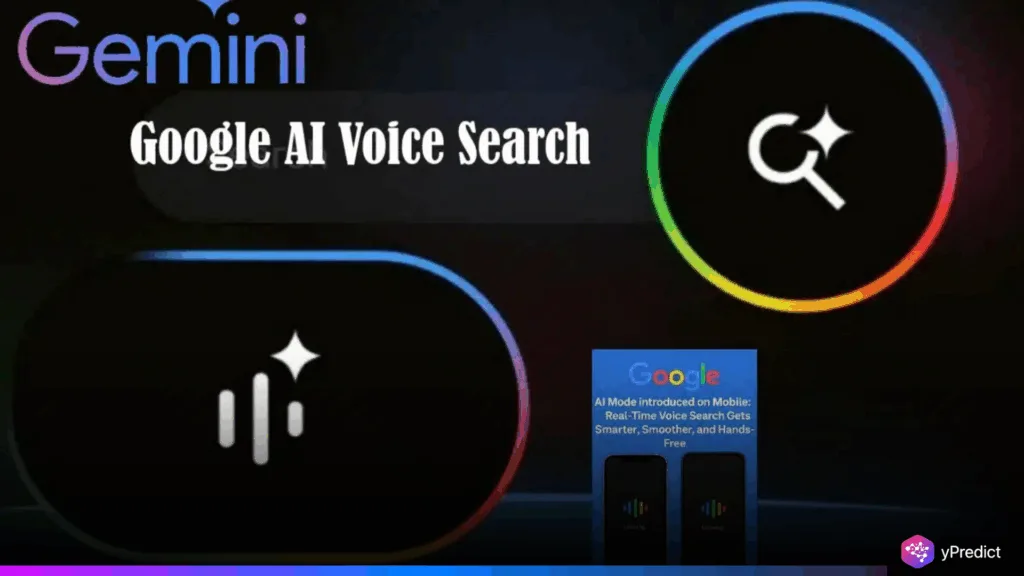
Google has taken a bold step forward in the voice search space with the launch of Search Live, a conversational interface powered by Gemini 2.x. At present, Google Search Labs is making a new feature openly available to U.S. users, which provides a more human-like way of search using Conversational AI. Users can speak like they normally do, receive spoken responses, and follow-ups without re-starting the conversation – thus changing the conventional mobile search experience. This isn’t just a minor upgrade. Search Live marks a turning point in how AI integrates with mobile devices, offering an intuitive, hands-free, and dialogue-driven interface built on Google’s advanced Gemini 2.x model.
A Smarter, More Natural Way to Search
Conventional voice assistants answer questions in isolation without much context. Search Live allows real time, multi-turn conversations. Users can start with a simple question and ask follow up questions while AI retains the context throughout conversation. This facilitates a natural flow that feels like having a real conversation, reducing the inelegant friction present in earlier voice interfaces.
In addition, the Conversational AI allows smarter responses, as well as a quicker path to deeper information. For example, if a user calmly asks AI, How do I pack linen shirts? They can follow up with ease by asking, What if they wrinkle? The AI retains previous context for such questions, actively impacting the usefulness of voice interfaces. This contextual retention stands at the core of Search Live and distinguishes it from other voice technologies currently in the market.
Powered by Gemini 2.x and Query Fan-Out
Behind the scenes, Search Live runs on a custom version of Gemini 2.x, Google’s next-gen large language model. The system uses Query Fan-Out, a method that lets Gemini search across a broad range of web sources in real time. The result is a well-rounded, nuanced answer delivered in seconds.
This real-time capability ensures users aren’t just getting pre-scripted or cached responses—they’re receiving dynamic answers based on fresh, relevant data. Google has optimized Gemini 2.x to perform smoothly in voice mode, combining rapid processing with speech synthesis for a more responsive experience.
Features Designed for a Voice-First Future
Google has embedded several user-first features to make Search Live stand out. A waveform icon in the Google app activates the mode, initiating voice queries immediately. During responses, a carousel of search links appears on-screen, letting users visually explore related content while listening. The assistant also offers transcript access, allowing users to switch between voice and text mid-conversation.
Persistent listening ensures the AI keeps responding even when users switch apps or lock their phones. All conversations save automatically under “AI Mode History,” offering easy reference and continuity. Google is already showing us a sneak peek of where all this is heading, with multimodal capabilities, real-time camera input, voice commands that can interact with visuals, and all sorts of transitions between the two. This direction looks like Google is making an AI assistant that doesn’t just talk to you, it sees and understands as well.
Still in Beta, But Competitive from the Start
While Search Live is still in beta and only accessible to U.S. testers, it already shows strong potential to lead the voice-based AI race. The current limitations—robotic voice tones, partial access, and pending privacy clarifications—are typical for early-stage rollouts. In a field growing rapidly with competitors like ChatGPT Voice Mode, Claude AI, and Apple’s forthcoming LLM-powered Siri, Google’s edge lies in its search-first architecture. promises a richer, more informed user experience.






